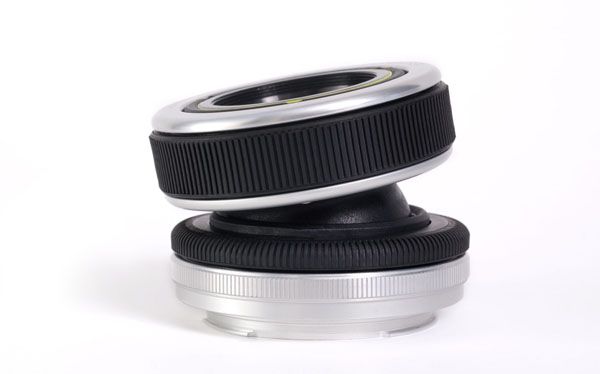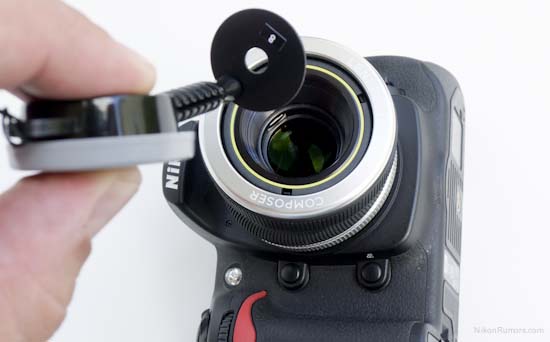Before starting
Hi everybody! Many time has passed-by since my last tutorial. My life changed a little since the 21th of November: I'm now the father of a little Mahé, a wonderful little boy that brings us much happiness... and eats all of our time! This being said, and now that you shed a tear (yes yes), I'll talk to you about a particular lens that I discovered there is not so long. Its name is the "composer lens" and it's proposed to us by the Lensbaby firm. Those lines won't really be a tutorial but more an introduction about this lens, a way to use it, and why I found it interesting for my black and white work.
Things you need
Before starting, and if you'd like to know more about Lensbaby, you should visit the official website of the firm, this is over here: http://lensbaby.com.
The objective
The firm proposes many lenses and optics (and accessories too). The idea here isn't to introduce their catalog (I own no lensbaby action), but to focus (it's the case to say, you'll see) on the one I bought: the Composer (http://lensbaby.com/lenses-composer.php).
Special thanks
Before starting, I must admit that I discovered this lens thanks to a photographer called Victor Bezrukov that I discovered on Google+, and his Lensbaby album. I really suggest you to have a look at him and his gorgeous work!
First step: The idea
I bought few months ago a lens called "the composer". That's a good thing, I just wanted to compose some nice photographs thanks to it.
In short, the idea of this lens is to manage the sharpness field (or the blur field, make your choice) of your photographs, more accurately than just by playing with aperture and depth of field.
In fact, this lens allows you to add a second level of blurring: after making the focus on your subject (as you usually do when taking a photo), you'll be able to add blur on the spot of your choice on the focused field.
If you understood, I won, if not, an example should be better! Here is the kind of images the composer can lead to:
I first focused on the plan of the motorbike like with any lens, and then moved the sharp part of the photo on a precise spot of the subject so that it's the only clear part of the photo.
Step 2: The lens
This result is possible thanks to the particular built of the composer lens, as you may notice:
The composer is a 50mm lens. It has manual focus and manual aperture: it's your job to change the aperture rings as you want, thanks to a special magnetic tool (from f2, when no magnetic ring is engaged, to f/22):
I didn't read any review of this lens, but based on my own experience, it seems to begin to be sharp at f/2.8 (I don't think we can consider it sharp at f/2).
The focus ring works like on any other lens. There is another ring that allows you to tighten the position of the moving head of the lens.
To use the composer, you can set your camera to aperture priority or manual mode...
After focusing thanks to the focus ring, you just have to swivel the lens' head to move the sharp point where you want on the frame. It doesn't look that hard, the most difficult thing will be to do it quick if you use it for street photography for example. In other words, mastering this lens implies few times of practice.
Final step: Why I like it?
For street photography, it can add a particular dynamic to a scene, particularly for moving subjects:
I also like to bring out my subjects thanks to the composer:
The last way I like to use it is for the photography of details. It gives me the impression of shooting with a classical lens, while zooming in or out with a long exposure (I'm not sure you see what I mean here...):
I didn't really try it yet for landscape and architecture photography, but I expect it has a good potential (for example by doing an extreme focus on a building for a street panorama view. Maybe I'll post an example of that when I'll have done one!
See you soon,
Damien





